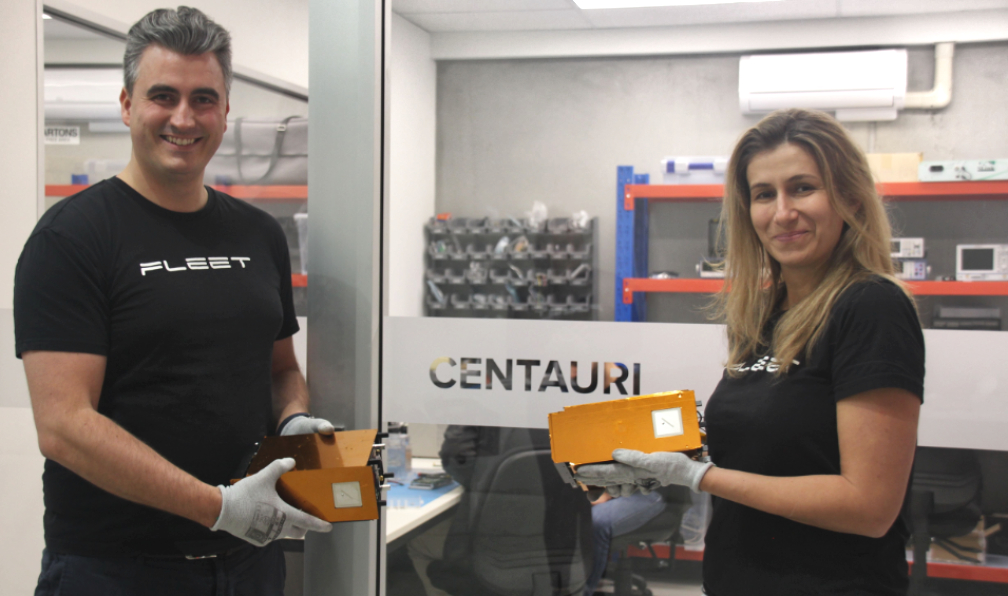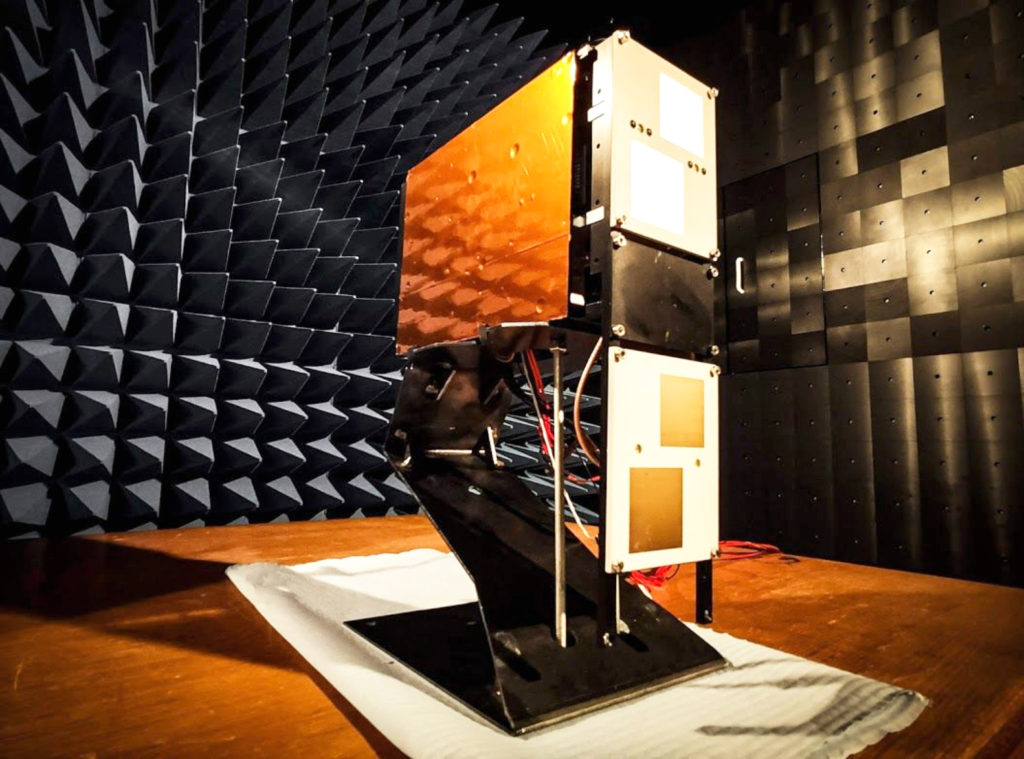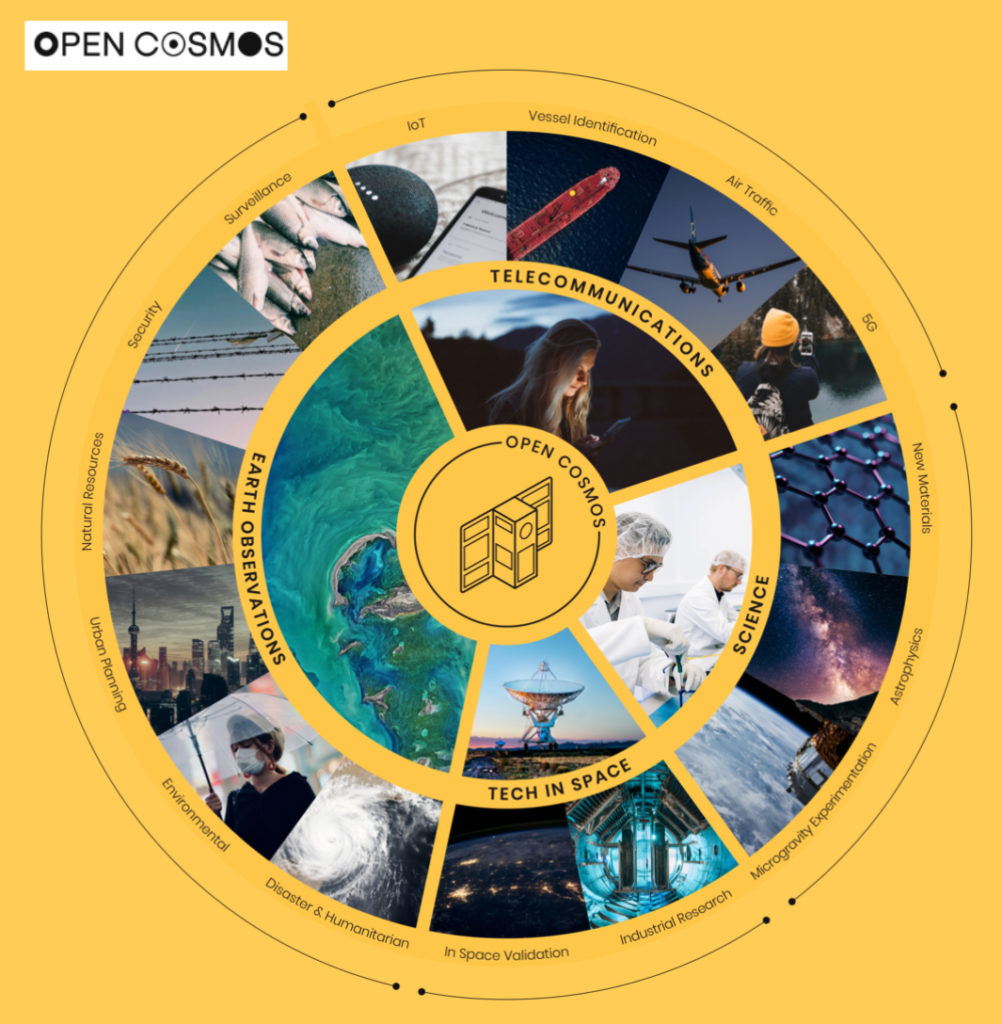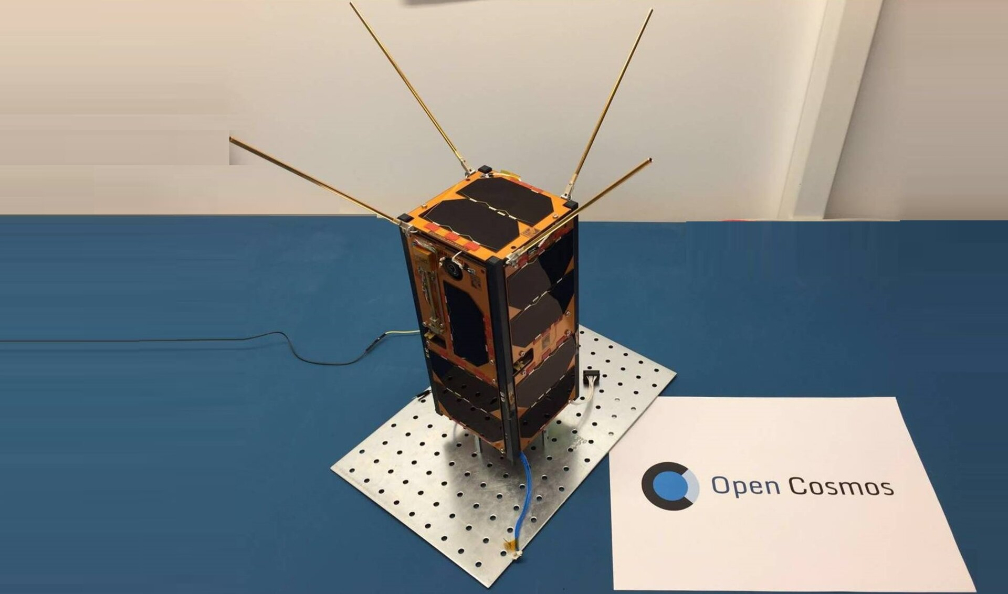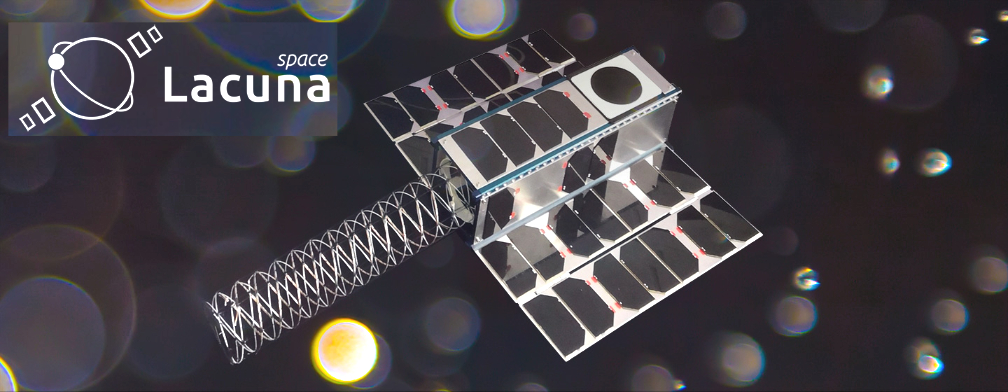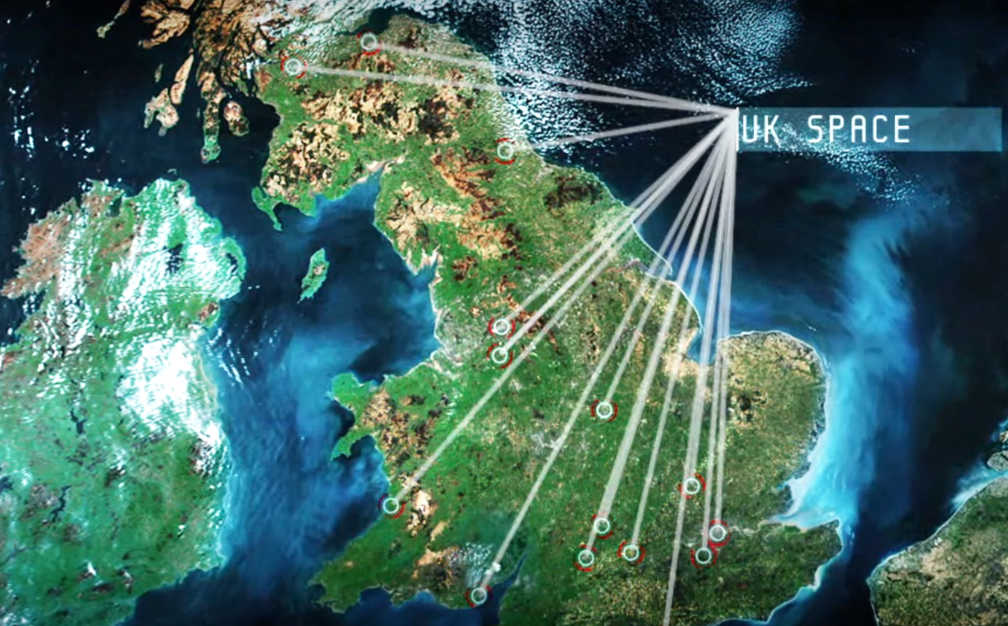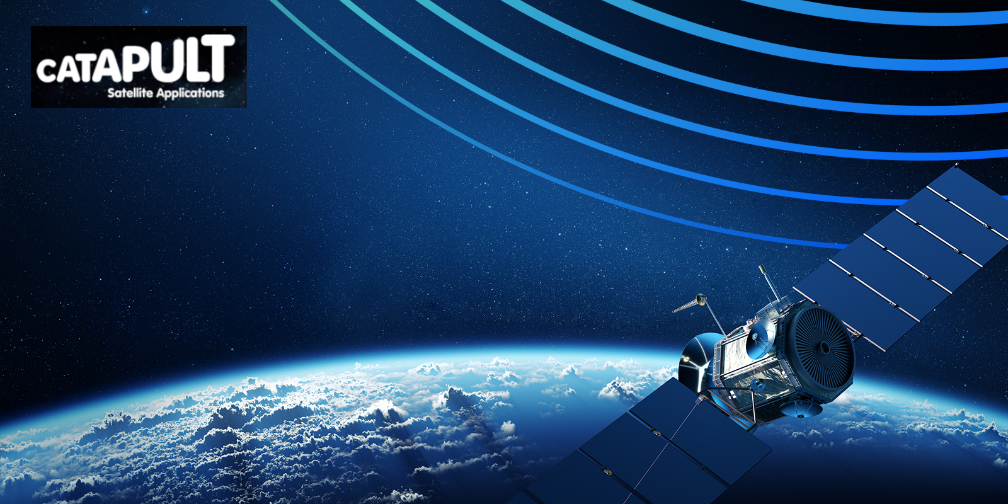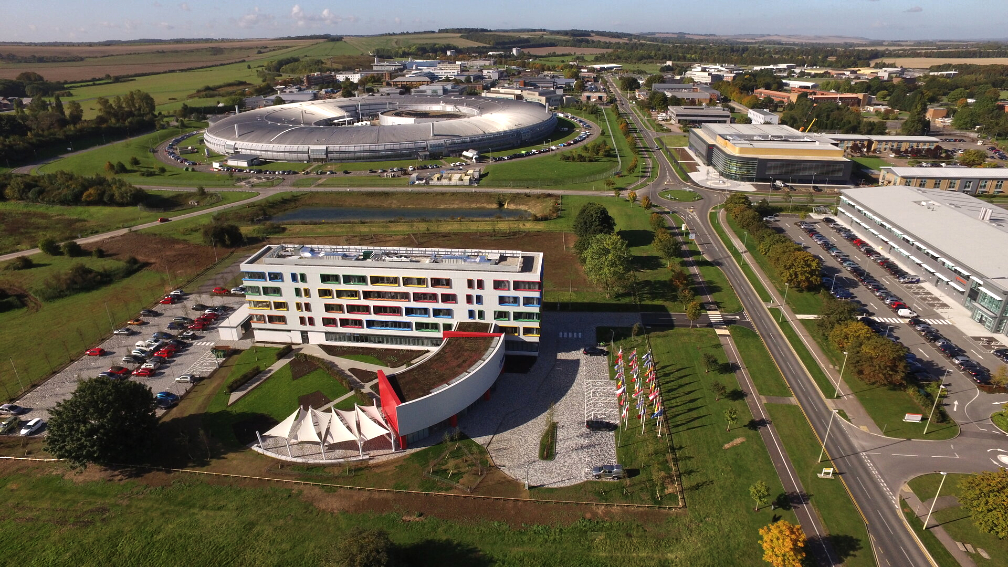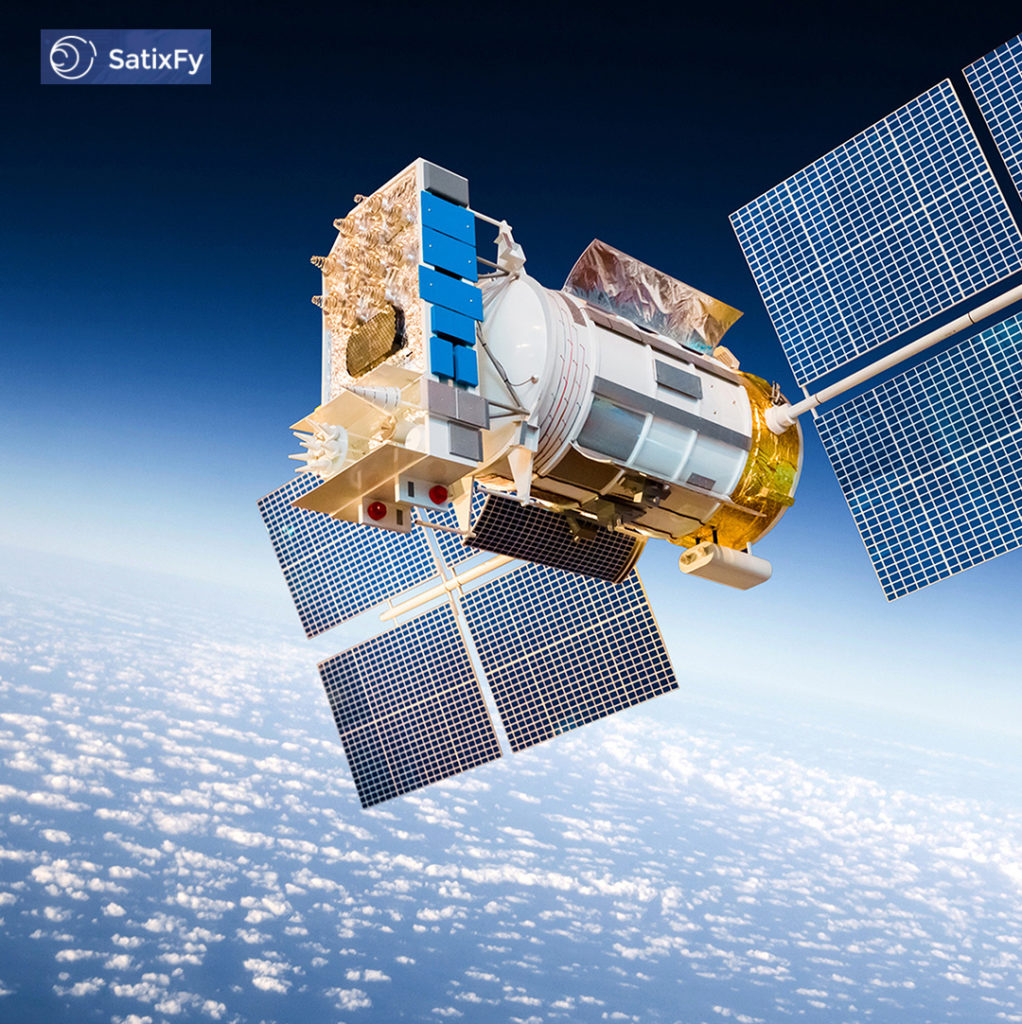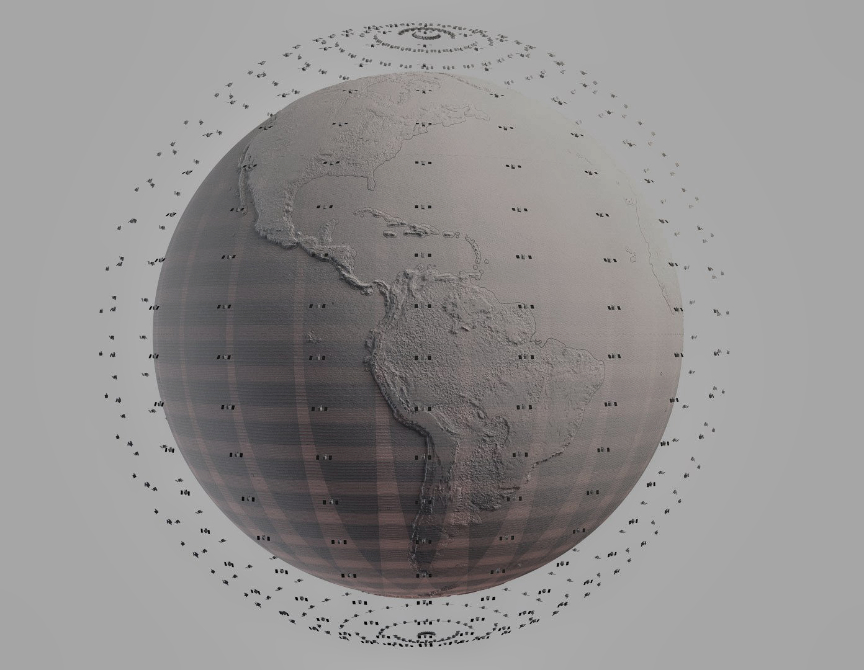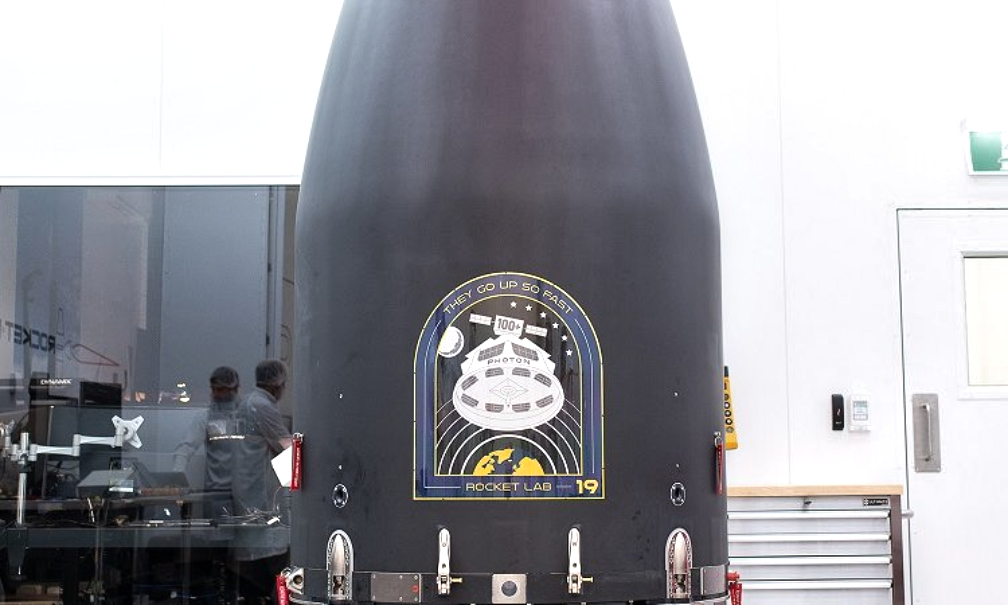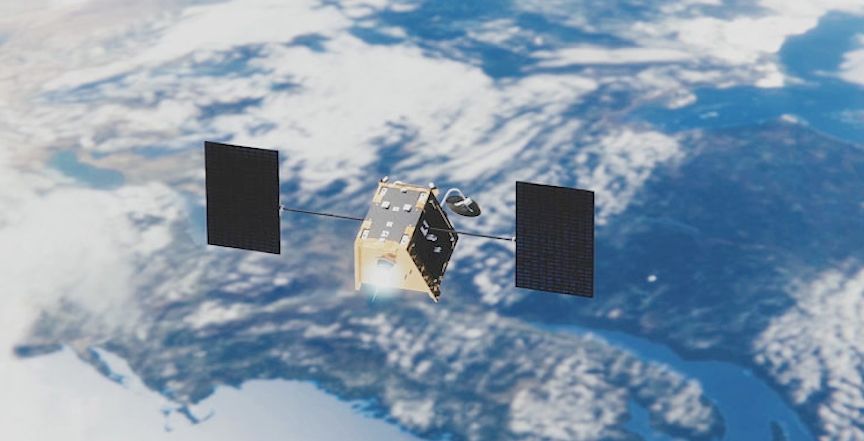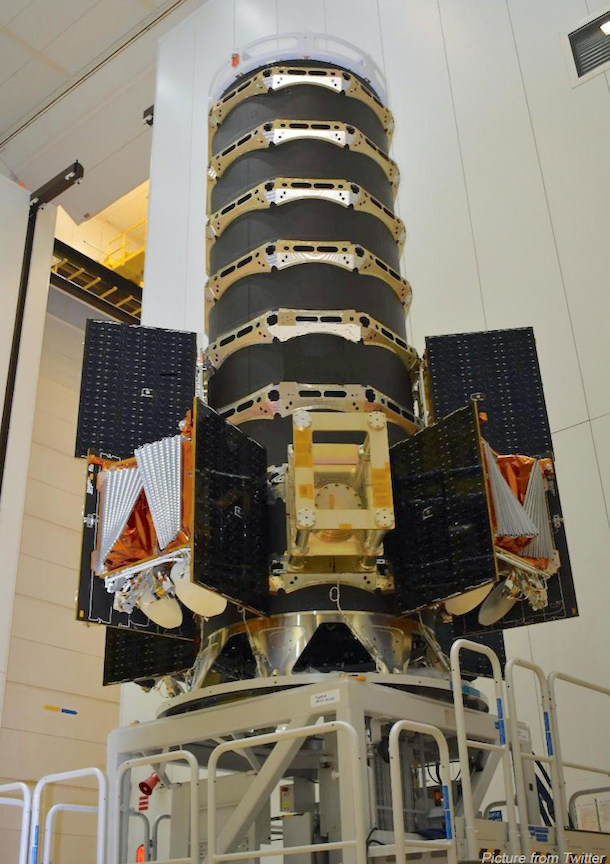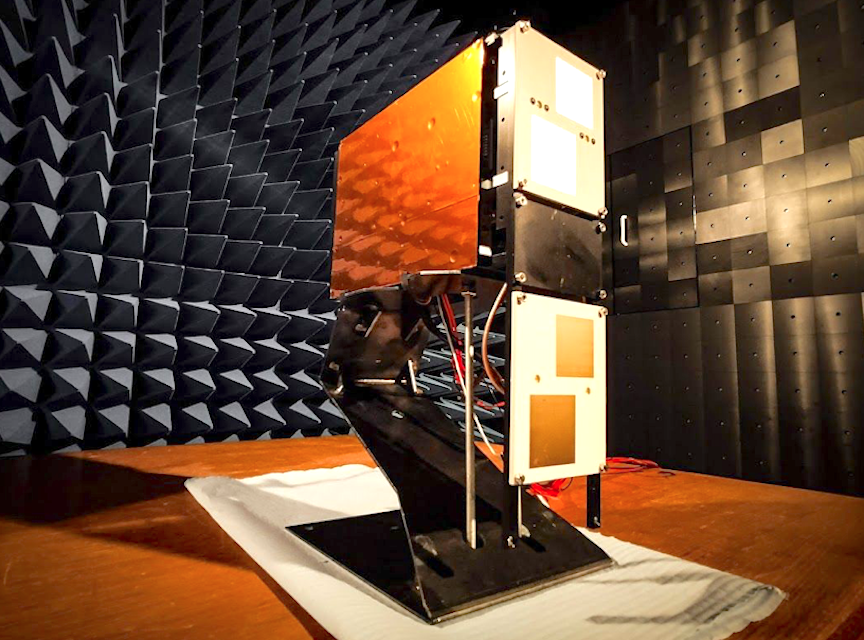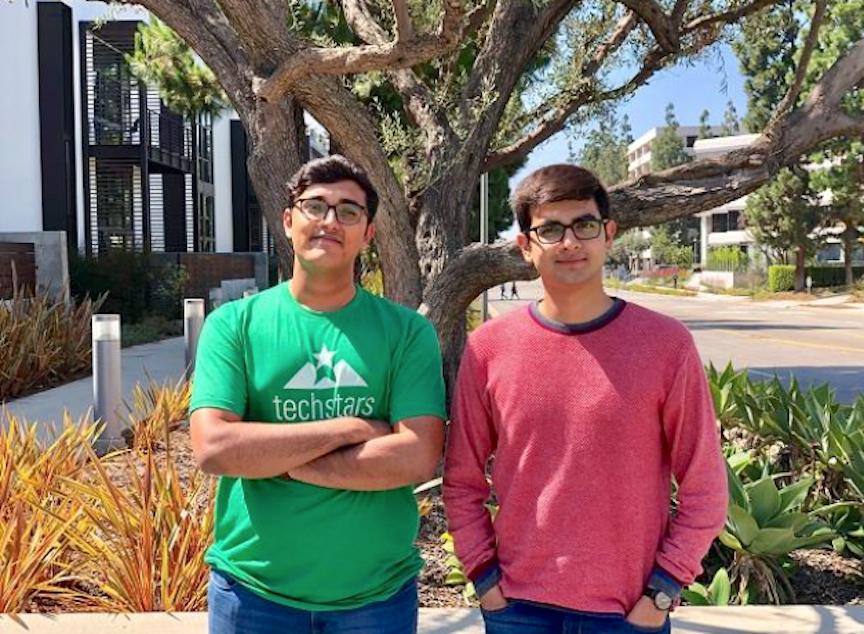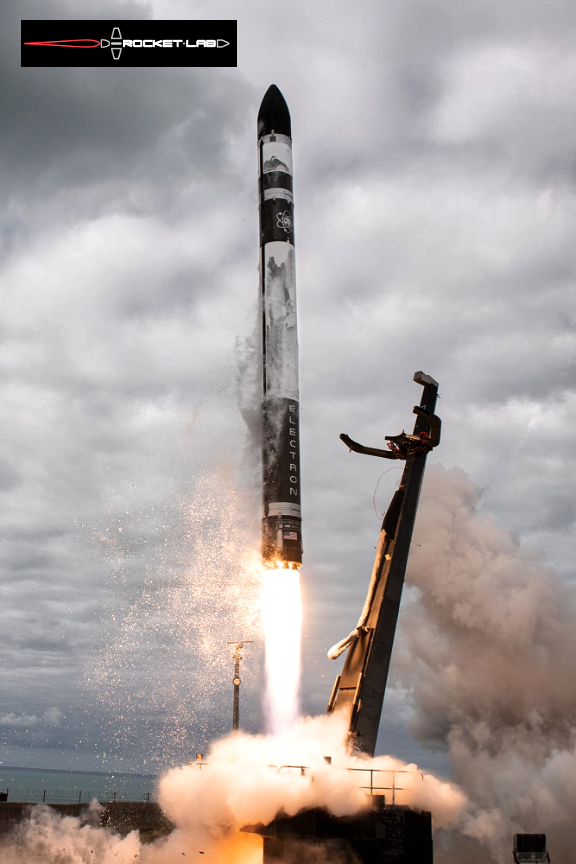
Rocket Lab has successfully launched their 19th Electron mission and deployed six spacecraft to orbit for a range of government and commercial customers.
The mission, named ‘They Go Up So Fast,’ also deployed Rocket Lab’s latest in-house manufactured Photon spacecraft to build flight heritage ahead of the upcoming CAPSTONE mission to the Moon for NASA.

The mission launched from Rocket Lab Launch Complex 1 on New Zealand’s Mahia Peninsula at 22:30, March 22, 2021 UTC, successfully deploying an EO satellite for BlackSky Global through Spaceflight Inc.; two Internet of Things (IoT) smallsats for Australian commercial operators Fleet Space and Myriota; a test satellite built by the University of New South Wales (UNSW) Canberra Space in collaboration with the Royal Australian Air Force; a weather monitoring cubesat for Care Weather Technologies; and a technology demonstrator for the U.S. Army’s Space and Missile Defense Command (SMDC). The mission took the total number of satellites deployed to orbit by Rocket Lab to 104.
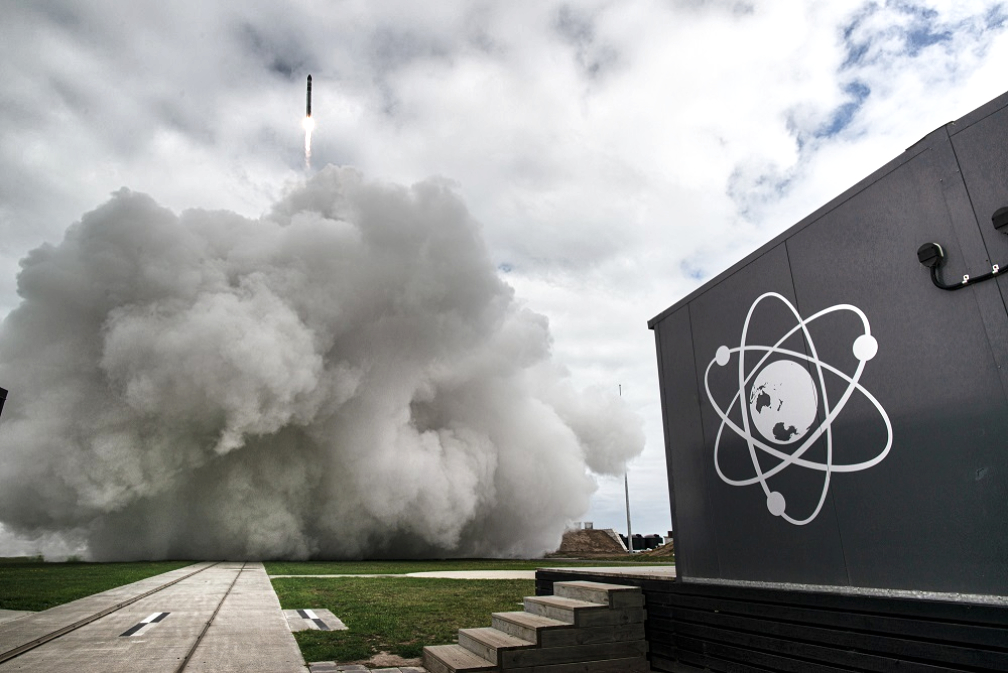
After Electron successfully launched to an initial 550 km circular orbit, the rocket’s integrated space tug or Kick Stage deployed the first five satellites to their individual orbits.
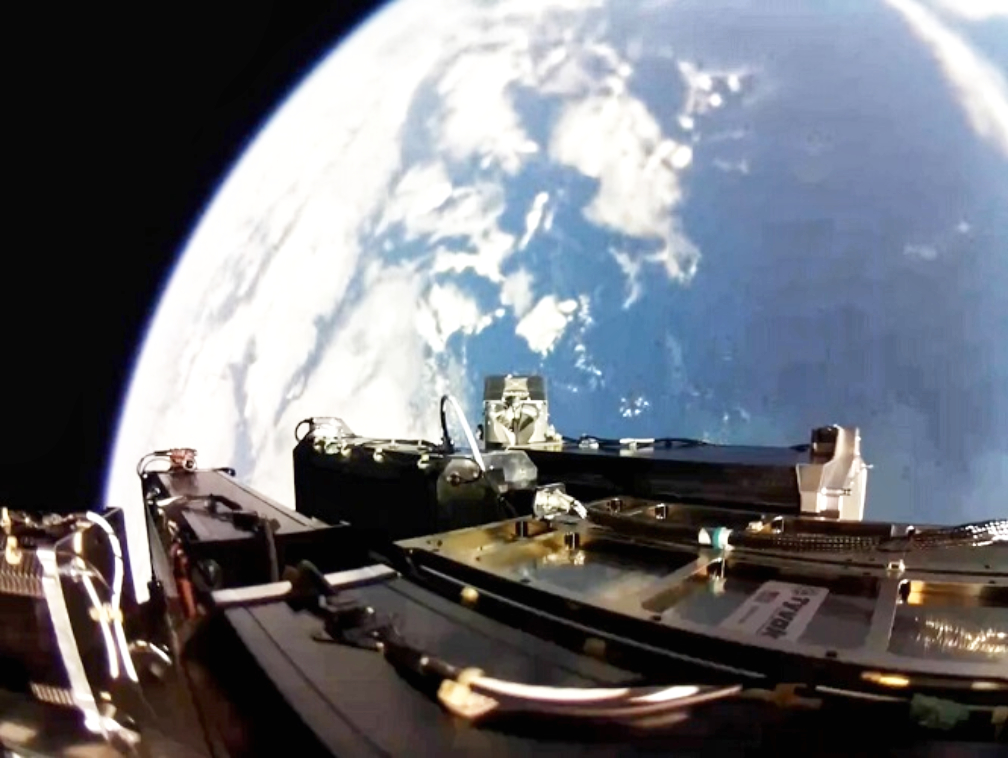
The Kick Stage’s Curie engine was then reignited to lower its altitude and deploy the final small satellite to a 450km circular orbit. With its relightable Curie engine, the Kick Stage is unique in its capability to deploy multiple satellites to different orbits on the same small launch vehicle.
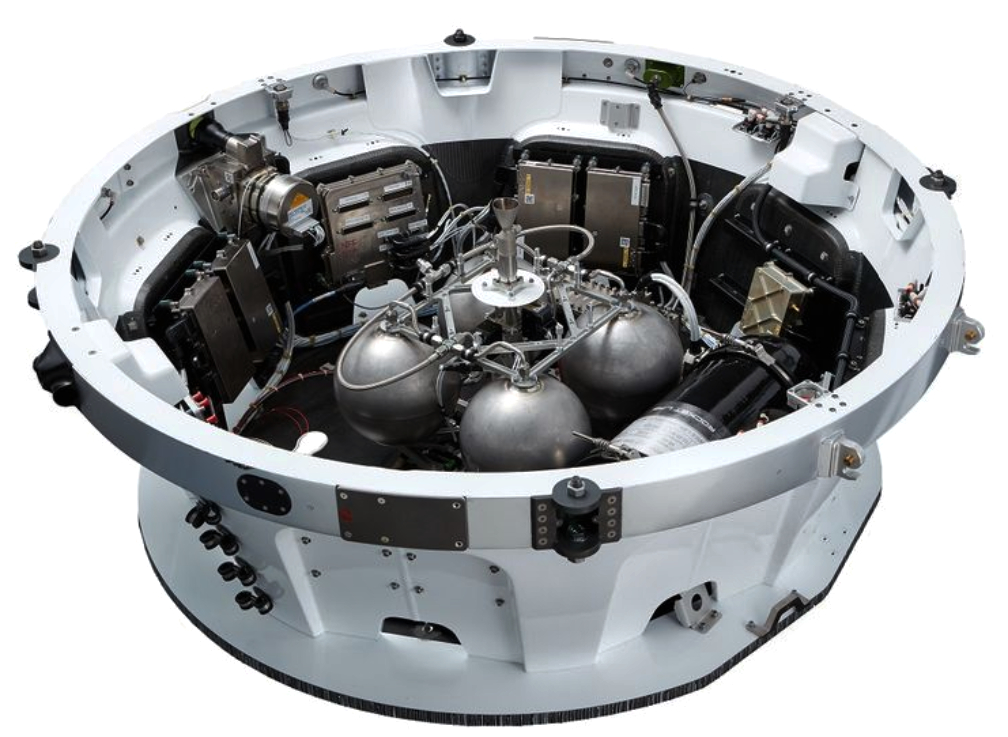
Following the deployment of the final customer payload on this mission the Kick Stage was reconfigured to Photon, Rocket Lab’s in-house built spacecraft. Photon Pathstone is equipped with new power management, thermal control and attitude control subsystems that will be used for the CAPSTONE mission to the Moon for NASA later this year. Photon Pathstone is also testing on-orbit new deep-space radio capability, an upgraded RCS (reaction control system), as well as sun sensors and star trackers.
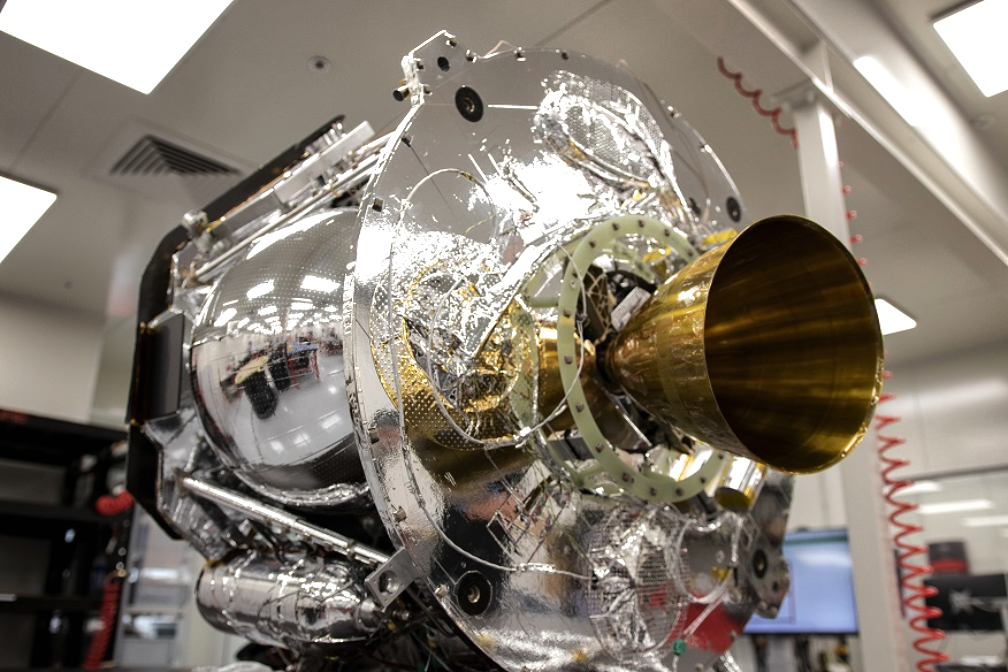
Rocket Lab founder and CEO, Peter Beck, said, “Congratulations and welcome to orbit for all of our customers on Electron. Reaching more than 100 satellites deployed is an incredible achievement for our team and I’m proud of their tireless efforts which have made Electron the second most frequently launched U.S. rocket annually. Today’s mission was a flawless demonstration of how Electron has changed the way space is accessed. Not only did we deploy six customer satellites, but we also deployed our own pathfinding spacecraft to orbit in preparation for our Moon mission later this year.”
Note: Details about Rocket Lab’s 20th Electron launch will be announced shortly, with the next mission scheduled to take place from Launch Complex 1 within the next few weeks.
Original news posting…
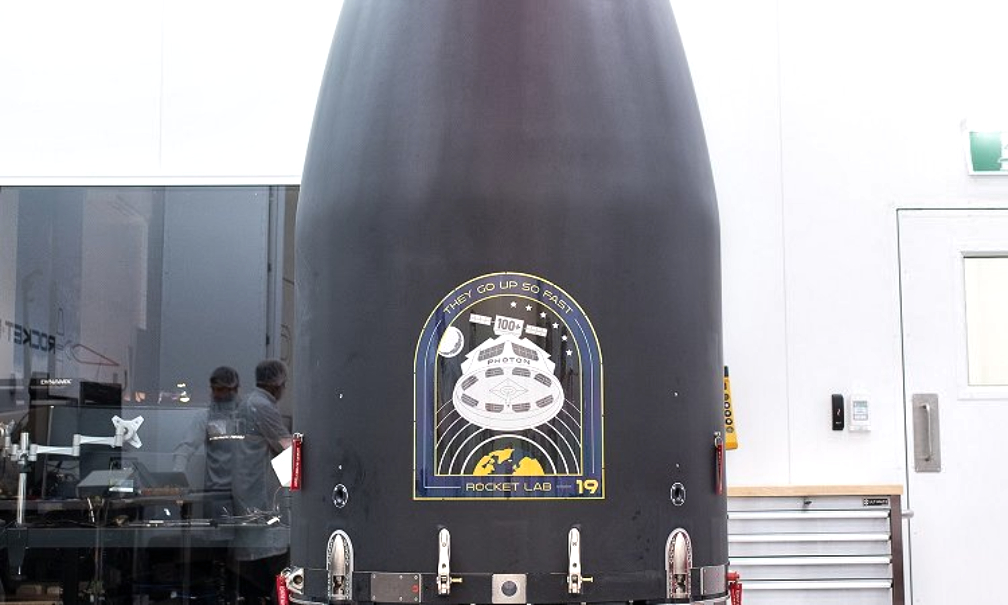
The Rocket Lab launch team is gearing up for the company’s 19th mission, that being a rideshare launch taking place from Rocket Lab Launch Complex 1 on New Zealand’s Mahia Peninsula as early as tomorrow, March 22, with the launch window ranging from 22:20 to 23:30 UTC, 18:20 to 19:30 ET and 15:20 to 16:30 PT, and March 23, from 11:20 to 12:30, New Zealand Time. The launch opportunities will continue through March 31st, should such become a necessity.
Rocket Lab’s 19th Electron mission will deploy a range of satellites for commercial and government satellite operators, as well as place a next-generation Rocket Lab Photon spacecraft in orbit to build spacecraft heritage ahead of Rocket Lab’s mission to the Moon for NASA later this year.
Seven satellites feature on the mission manifest, including:
- An Earth Observation (EO) satellite for BlackSky via launch services provider Spaceflight Inc. — BlackSky will include a single Earth observation smallsat. This is the seventh launch of a Gen-2 spacecraft to date. Spaceflight arranged the launch and is providing mission management and integration services for BlackSky.
- Two Internet-Of-Things (IoT) nanosatellites for companies Fleet Space and Myriota, procured by Tyvak — Centauri 3 is a newly-designed 6U smallsat that will join Fleet Space’s planned constellation of 140 Industrial Internet of Things (IIoT) satellites in LEO. Designed for use in the energy, utilities, and resource industries, the Centauri 3 will also test new hardware and space systems developed by Fleet Space that will support the 2023 Seven Sisters mission, a resource exploration mission by an Australian team of space, remote operations, and resource exploration companies that will launch smallsats and sensors to develop new resource exploration techniques for Earth, the Moon, and Mars, in support of NASA’s Artemis Program. Myriota 7 is the latest addition to that company’s satellite constellation and forms part of a crucial next step for the business as the firm moves toward near-real time connectivity. This smallsat will support Myriota’s customers by further improving the existing service that provides access to data from anywhere on Earth. Myriota’s long battery life and direct-to-orbit connectivity supports products from technology partners servicing a wide range of industries including utilities, transport and logistics, supply chain, agriculture, mining and defence.
- A technology demonstration satellite for the University of New South Wales (UNSW) Canberra Space — This spacecraft from the University of New South Wales Canberra Space, in collaboration with the Royal Australian Air Force, will bring together emerging technologies that deliver advanced capabilities in earth observation, maritime surveillance, quantum computing, advanced AI, and laser communications. M2 follows on from the successful M2 Pathfinder mission deployed in June 2020 on Rocket Lab’s 12th mission, ‘Don’t Stop Me Now’.
- A weather satellite pathfinder technology demonstration from Care Weather technologies — The Veery Hatchling mission will test Care Weather’s vertically-integrated satellite power, computing, and avionics systems in a 1U cubesat. This smallsat paves the way for Care Weather’s future constellation of scatterometric radar weather satellites capable of producing hourly maps of global wind speed and direction over the surface of the ocean. Veery Hatchling is the first step in Care Weather’s mission to save lives and livelihoods by better forecasting Earth’s extreme weather.
- A technology demonstrator for the U.S. Army’s Space and Missile Defense Command (SMDC) through launch integration and program management services provider, TriSept — TriSept procured the rideshare slot on Electron for the U.S. Army’s Space and Missile Defense Command (SMDC). Gunsmoke-J is an experimental 3U cubesat that will test technologies that support development of new capabilities for the U.S Army.
- The final payload on this mission is Rocket Lab’s in-house designed and built Photon Pathstone. The spacecraft will operate on orbit as a risk reduction demonstration to build spacecraft heritage ahead of Rocket Lab’s mission to the Moon for NASA later this year, as well as Rocket Lab’s private mission to Venus in 2023.
Photon Pathstone will demonstrate power management, thermal control, and attitude control subsystems, as well as newly-integrated technologies including deep-space radio capability, an upgraded RCS (reaction control system) for precision pointing in space, and sun sensors and star trackers. Pathstone is the second Photon spacecraft to be deployed to orbit, following the launch of Photon First Light in August of 2020.

